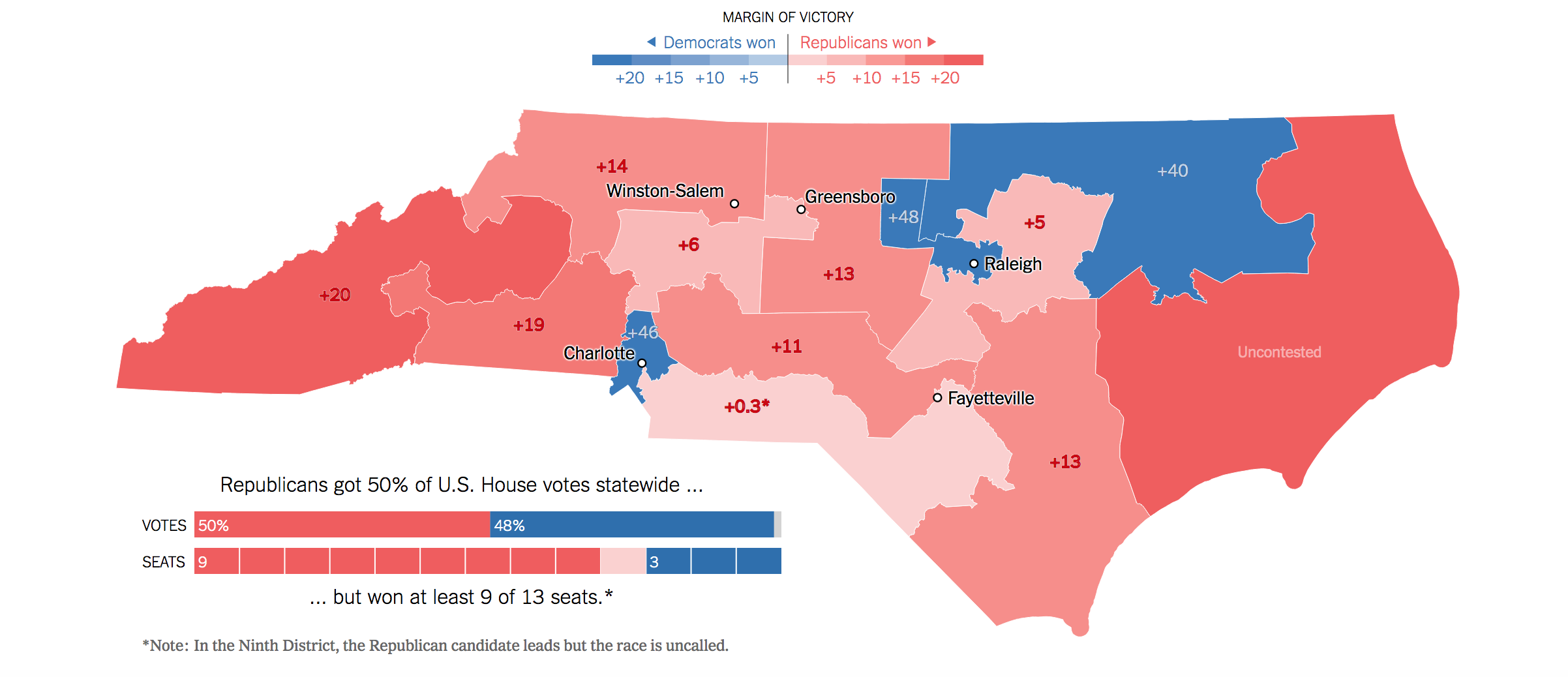The Supreme Court embraces distortions of democracy. Normally people endorse an outcome out of fear of the alternative. If the Supreme Court had stood up for democracy and given people a fair representation in the House, what did the five fearful right wingers think would happen?
Obviously they assumed the House would be more likely to be controlled by the Democratic Party if everyone’s votes were fairly districted and of course one unifying theme among the Bush-Trump five is their disdain for Democrats.
Several of them in particular recall their bitter confirmation hearings and most people can remember that the last justice confirmed clashed in an ugly way with Democratic senators (three of whom are now running for president).
The short answer is that the majority on the Supreme Court does have a lot to worry about if the Democratic Party benefits from democracy. They might be subject to ethical standards which would be a shock for them. They might find the court was expanded from nine to a more reasonable number and their majority voting block would be diluted.
The block only exists after all because the loser in the national popular vote became president anyhow and packed the court with anti-Democrat ideologues. (Look at their personal histories if you doubt this. These are partisan warriors.) This block is the epitome of minority rule and anything that supports majority rule is a threat to its hegemony.
The block of five cares immensely about maintaining power. The notion that they respect some abstract set of legal principles, history, or a code of ethics is a juvenile fantasy. Gerrymandering obviously violates the fundamental principle of the United States Constitution which is that power comes from the people. In the actual lived experience of the five people who control the majority of the Supreme Court (and make the law be what they want it to be) power comes from a minority of the people and that’s the way they want to keep things.
I went to law school with two of these justices. I can testify that they always regarded themselves as at odds with the wishes of the majority of Americans. Nothing new here. They have not changed a bit. They’ve become more rigid over time. And dangerously more powerful.
Under these circumstances the only way to restore the Supreme Court to its right role as the defender of liberty and champion of democracy is to get a president chosen by the plurality of the country who then vindicates the wishes of the voters in picking members of the Supreme Court.
If about 23 or 24 states decide that their electors will vote for the national popular vote winner then the candidates will have to compete to win the national vote. Then the elected president will stand up for the people against the current Supreme Court, which is obviously not the friend of the people. Under those circumstances only a switch in time could save the nine and that is the situation the right wing block needs to face. This is all about power and not one bit about a reasonable interpretation of law.





